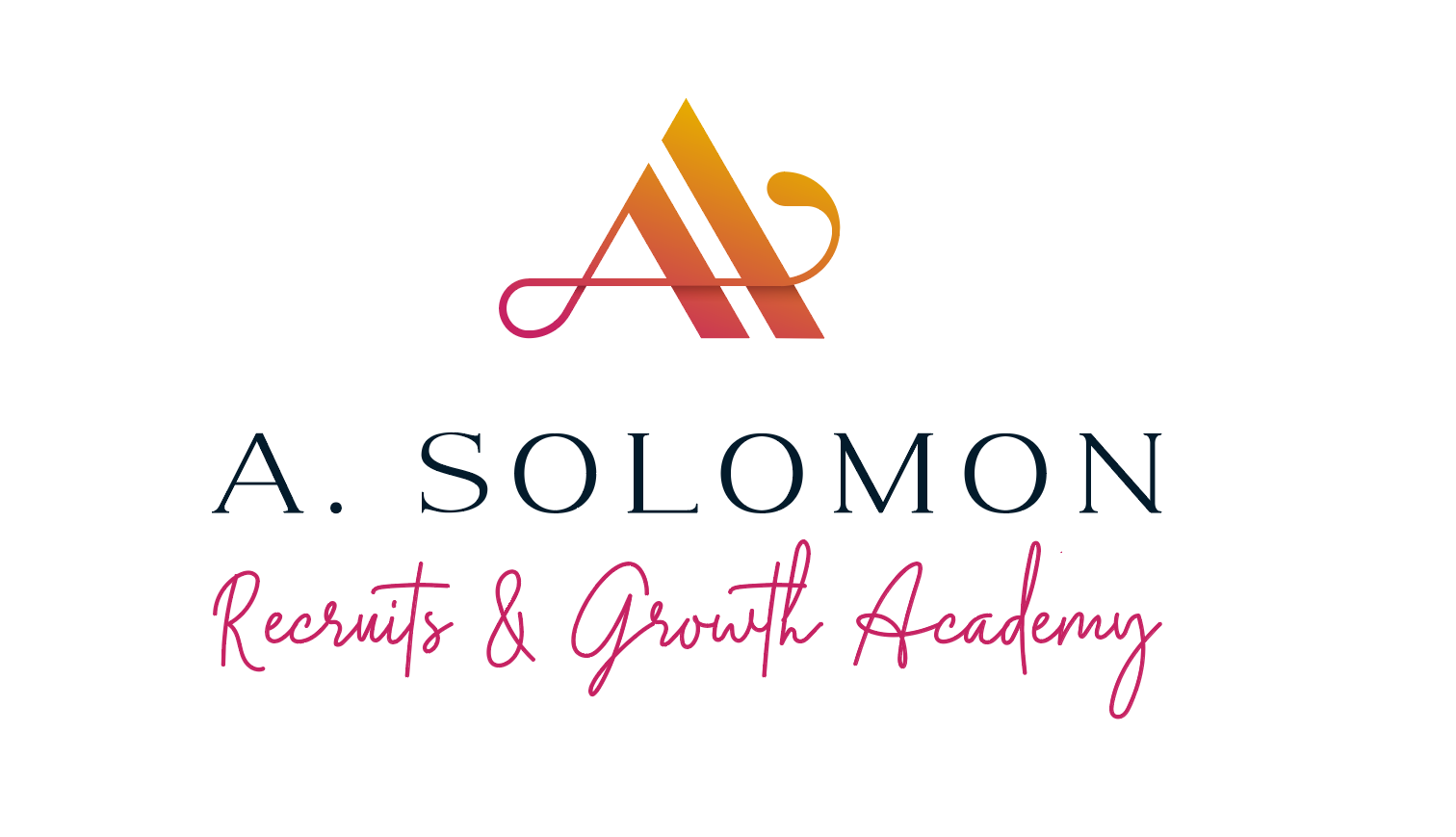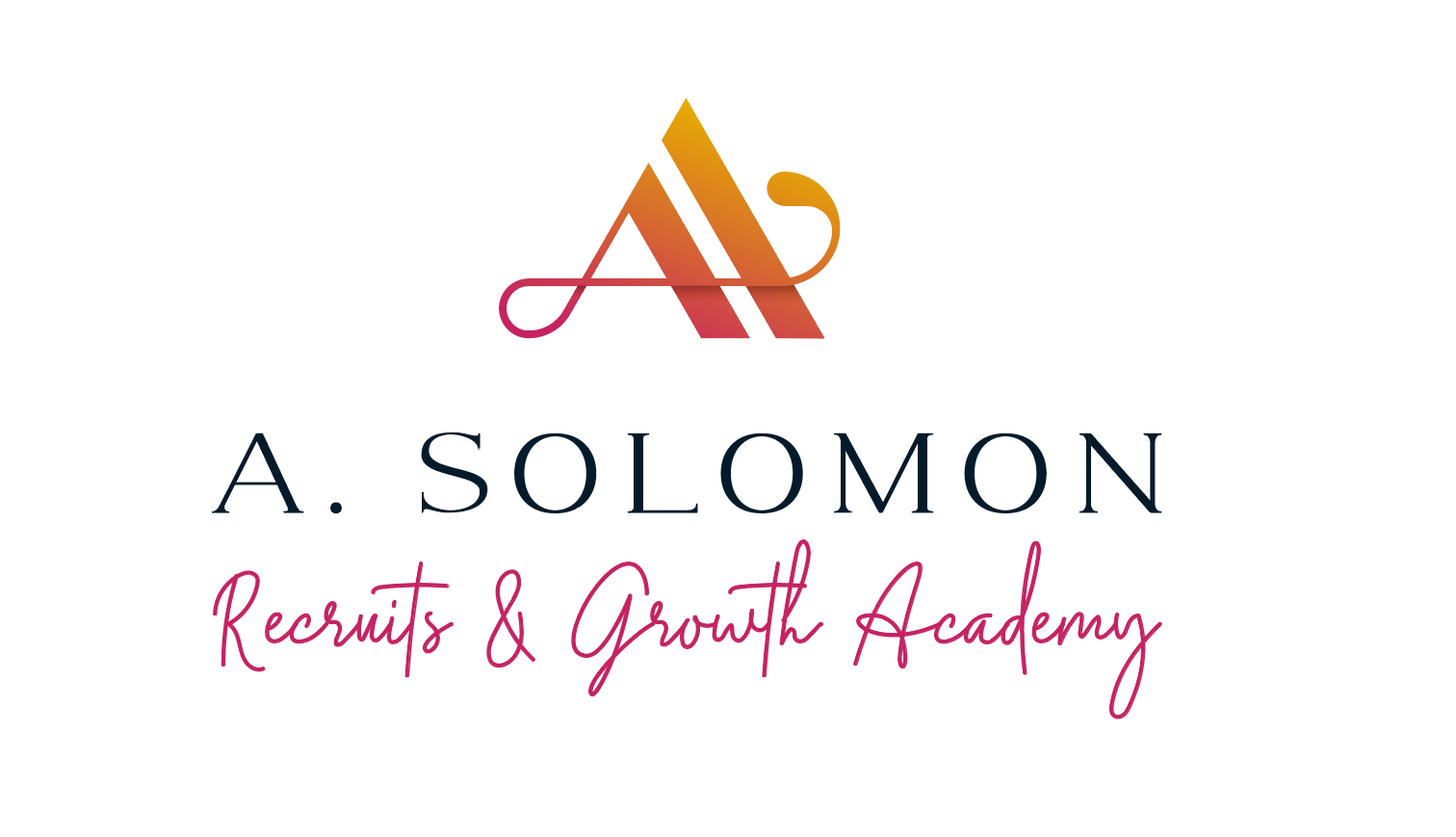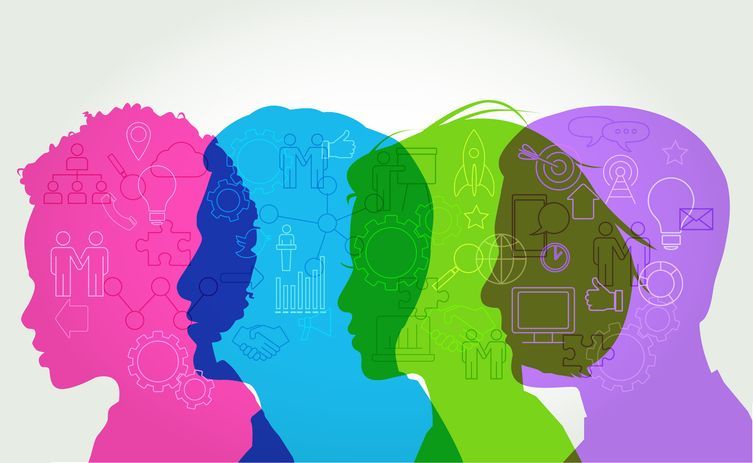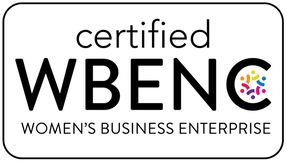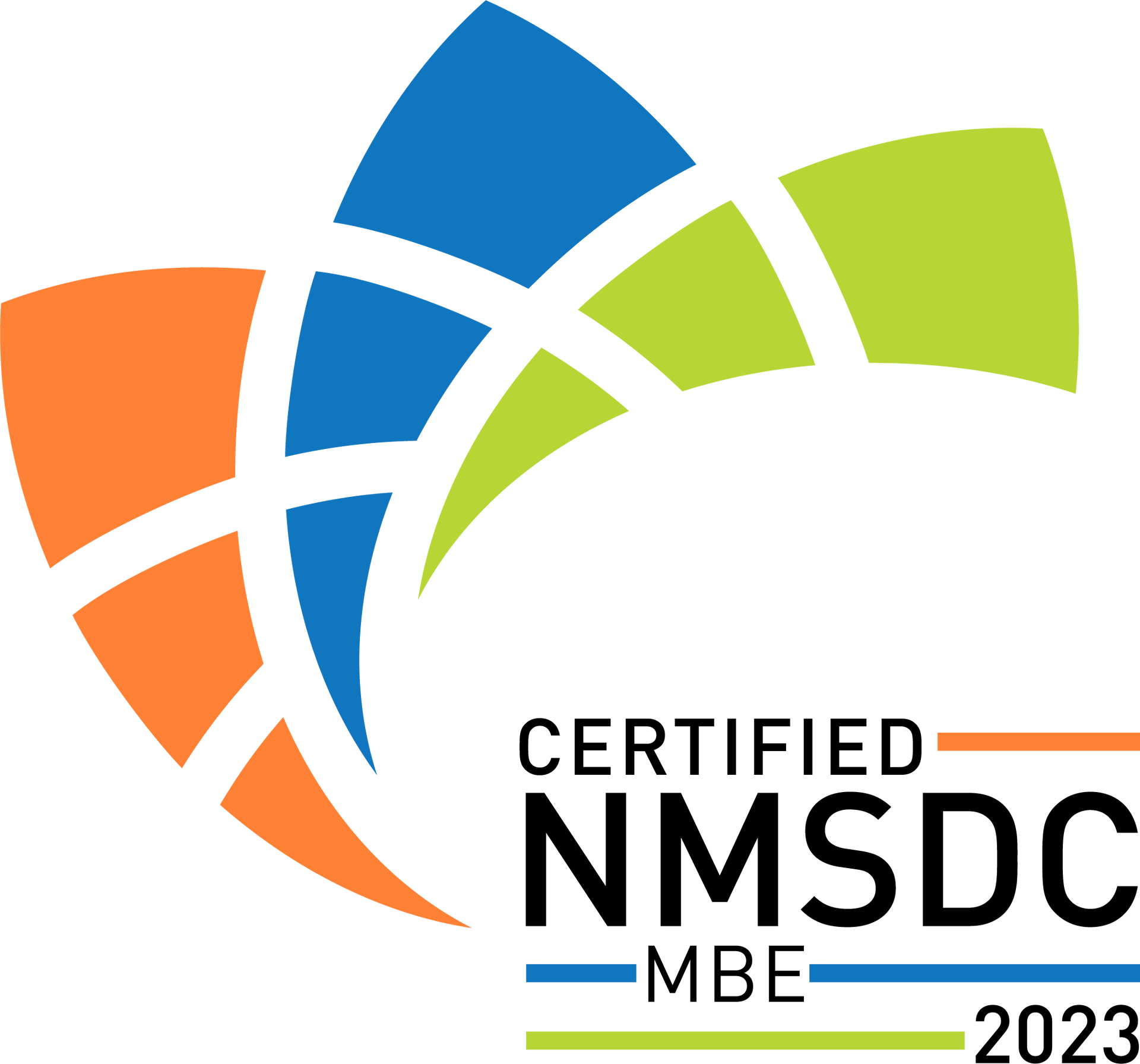Cultural “Fit” Will Never Lead to Diversity. Here’s Why.
The photos from last Wednesday’s attempted coup are jarring. They’re jarring because it’s disturbing to see an angry mob of extremists tearing through our nation’s capital with the explicit objective to disrupt the democratic process. What is perhaps even more jarring is the disparity between our country’s reaction to black and white demonstrations that was made blaringly clear through the complete lack of punitive action taken against the Capitol Hill extremists compared to the intense security response taken against Black Lives Matter peaceful protestors in June.
But I don’t want to talk about the insurrection. What I want to talk about is the far-reaching effects of white supremacy in America that were so explicitly exhibited by the insurrection at Capitol Hill. It’s as if someone who was suspicious of the legitimacy of the BLM movement asked God for proof. And last Wednesday, he delivered.
BLM poses a very recent example of what the Capital looks like when it’s scared. From the state’s stark contrast in security and police action taken during the insurrection as opposed to during the peaceful protests, it’s easy to deduce exactly what it is that scares the state: social movements targeted around black power. Even the phrase “black power” makes white people nervous. “Integration”? Sure. Allowing black people to slip into white spaces quietly, blending into the wallpaper? Sure. But proud black empowerment? Terrifying.
When it comes to hiring black talent in predominantly white corporations (i.e. all of them), as long as white people are able to remain in complete inaction and remain undisturbed, they’re happy to allow for diversity inclusion. (A few black faces is probably even favorable to the white company as a whole because it makes their company look good on paper. Add this to the list of ways in which white society benefits from leveraging black labor.) But diversity inclusion is not just about different colors. Diversity inclusion refers to the seeking out and welcoming of differences in the comprehensive life experiences of people with different colored skin. Diversity inclusion refers to the seeking out and welcoming of a different set of perspectives and abilities that are brought to the table by and only by people who come from different lineages of work, power, social spaces, social strata and social struggles. Because diversity means much more than just color, diversity initiatives must be modified away from the plug-and-play model that we currently see across corporate America and towards a model that seeks and welcomes a more comprehensive definition of diversity.
Black and white people are different. They are different because the historical contexts and present-day realities of blackness and whiteness in America are different. Failing to acknowledge these differences and assuming that a black person can seamlessly assume a corporate role that was designed for a white person is not “inclusion”. It’s willful ignorance. It’s failing to acknowledge the context of what it means to be black in America and what it has meant to be black in America over the last several hundred years. We are not working with a clean slate. So no approach to diversity is going to be seamless. It’s going to take work.
What kind of work? It’s going to require a different definition of what “inclusion” means: a definition that doesn’t just accept diversity only when it’s convenient. It’s going to require white people and white culture to release the idea that white is the norm and therefore the gold standard off which blackness should be compared.
Company “fit” or cultural “fit” implies a desire for the new candidate to blend. A black woman who went to an Ivy League school, is experienced and qualified and is the best candidate for a job, but who is also the first member of her family to graduate from college or gain access to the corporate world is not going to “blend” into a company culture of white men from wealthy families who have been preened for corporate success since they were old enough to fit into a pair of boat shoes. If we’re placing people in c-suite positions based on cultural “fit”, we will never achieve diversity.
We can’t just plug-and-play black candidates into a white world. We need to uproot the structural necessities of our corporate world. We need to reexamine our expectations and recalibrate our goals so that we are less driven by comfort and more driven by excellence and equity. We need to uproot the rotten roots and plant different seeds. Until we do that, we’ll be stuck with the same old fruit.
---
The song to go with this article is one that nearly cost Billie Holiday her career. Nevertheless, she persisted:
I AM someone who sees incredible potential in places most people don't think to look. As a black woman, small business owner of a diversity staffing boutique, my team and I walk alongside our Clients in creating professional environments that are truly for ALL. I believe in our interconnectedness as a human race and strive every day to use my gifts to empower the workplace’s invisible and powerless. I rarely bet on certainty and always root for the underdog because, after all, those are the best stories to tell.

